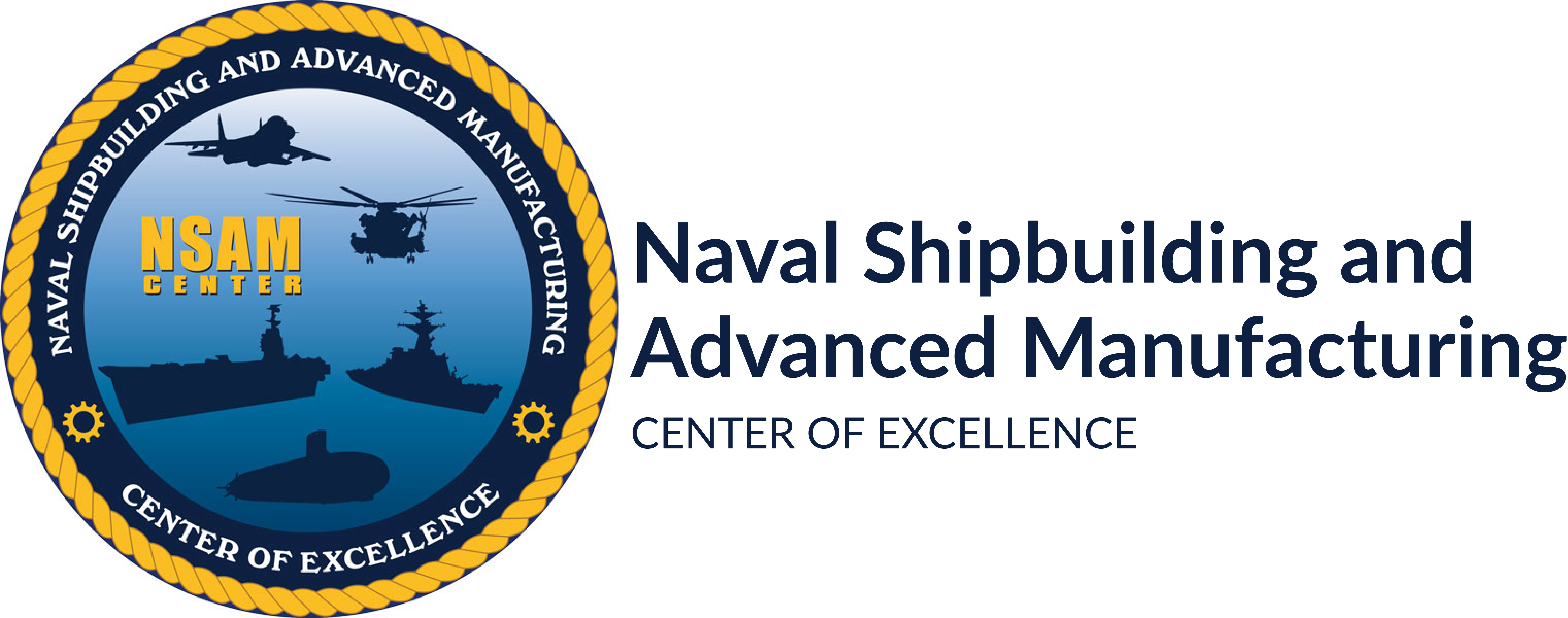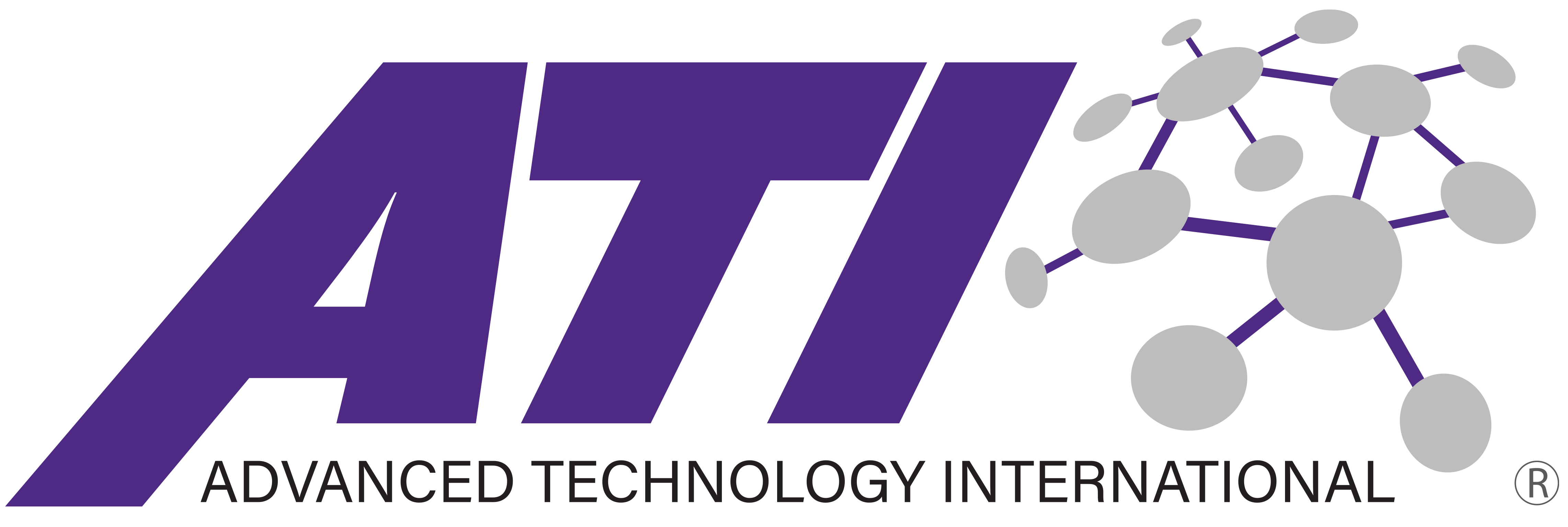Project Participants: General Dynamics Electric Boat
Project Start: June 2004
The objective of this Electric Boat (EB)-led project was to re-engineer the structural fabrication processes of the total enterprise that affects the building of major structural assemblies in order to significantly reduce the construction schedule of Virginia Class Submarines (VCS). EB used a product-centric approach, where production activities were focused on major product families (families of major structural components). Each product family was manufactured in a semi-self-contained, self-governing work cell. By supplying each work cell with necessary resources, EB decentralized personnel and equipment, decreasing the movement of resources and material thus improving product throughput rates.
The project was broken into two major tasks. Task 1 developed a conceptual design and layout for a new structural fabrication facility incorporating Major Product Family Work Centers, Part Family Work Cells and the isolated and shared resources used to construct them. Task 2 developed a process to analyze the Computer Aided Three Dimensional Interactive Application (CATIA) Computer Aided Design (CAD) system structural design database in order to identify which structural assemblies were most suitable for welding on EB’s Programmable Automatic Welding System (PAWS). EB management wanted to dramatically increase the use of the PAWS unit and reduce manual welding.
For Task I, the work centers and work cells were developed by identifying the product families and parts in addition to the resources used to produce them. The major product families were defined by their characteristics and production, processes as well as the resources required for their production. The part families were developed from common components in the major products and detailed part family work cells were designed. EB developed a simulation model that validated product and process improvements and developed material handling requirements for the proposed facility. The results of the simulation study showed that the expected savings were achievable for the selected products. The simulation also showed the required time-phased material handling activities for each major product. These results provided information on the number and types of material handling mechanisms required to improve production efficiency. By utilizing the Product-Centric approach and incorporating principles such as major product lines, major part families, reengineered work cells, etc., in the design of the proposed manufacturing facility, EB will achieve significant labor savings and manufacturing span time reduction.
Following a successful design and simulation effort, EB commenced the PAWS use analysis. EB developed three software applications as a result of this task: the OneStop tool, the OneWay/Workcell Manager, and the Laydown Manager. The OneStop data access tool bridges a critical gap between the CAD and Computer Aided Manufacturing (CAM) systems. It uses the Standard for the Exchange of Product (STEP) data exchange standards to extract geometric data out of CATIA. The OneWay/Workcell Manager models the PAWS unit, providing complete kinematic modeling, and provides the ability to configure tables within the workcell. The Laydown Manager feeds the OneWay/Workcell Manager with OneStop data. Having this readily available data on accessible to production work planners is estimated to save over 3,600 hours/year. The structure and scope of the three software applications have been chosen to fit the going-forward strategy for VCS and are also being used in other projects reducing construction costs and time.




